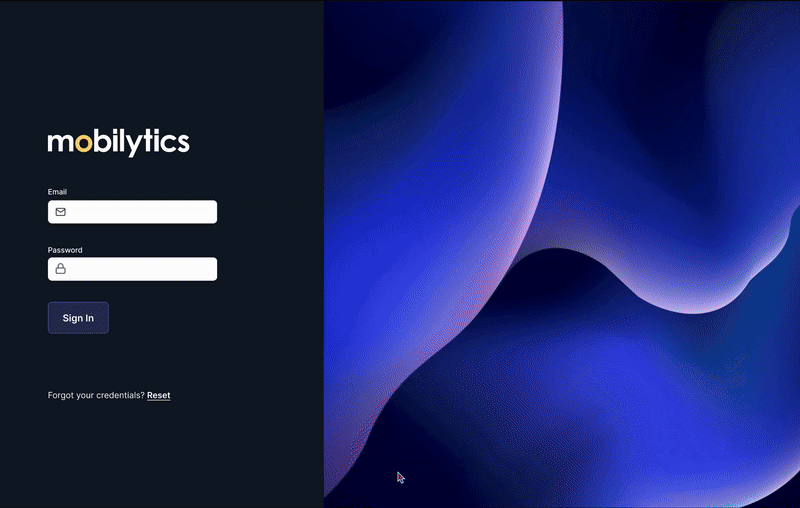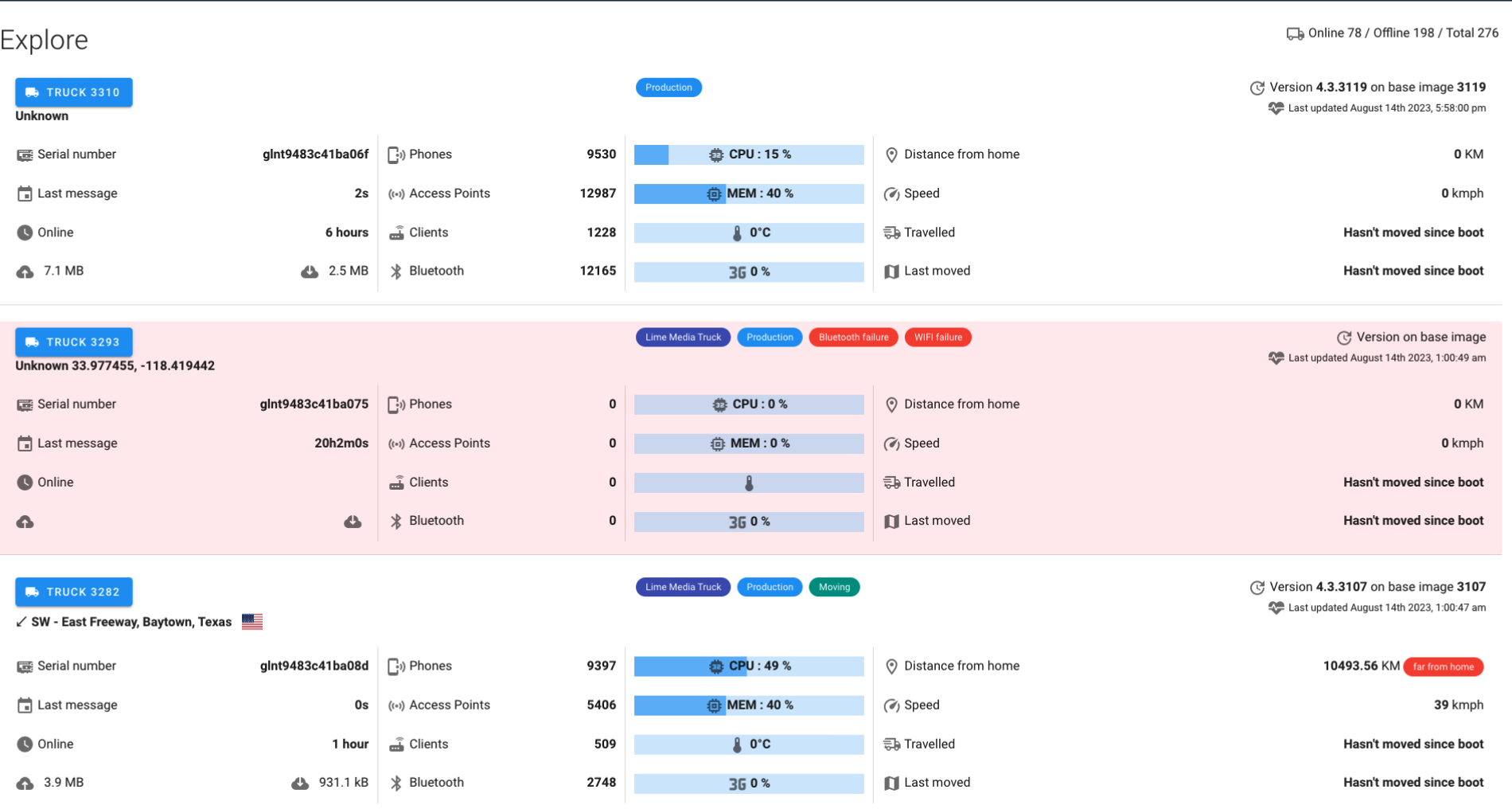Real-time Impression Data &
Analytics for OOH Marketing
Building a real-time sensor analytics dashboard for Movia’s clients to make decisions about how to run and retarget their out of home marketing campaigns.

The Insight
Once the campaign has been launched, advertisers can’t always tell which ads did well or not. Not anymore.
Overview
-
As sole designer, I worked directly with the founder to distill his ideas for new technology and features into user-friendly flows. As a part of the role I become well versed in OOH marketing, as well as the latest technological advancements. The technology is (in 2023) cutting edge, requiring the support of PhDs in the field of sensor development.
-
I was consulting in via Dataloft, a boutique consultancy specializing in data products for small to medium sized businesses.
-
Desk research focused on information from COMMB (a partner), who dictates industry standards.
As external consultants, we did not gain access to Movia’s clients (such as Casper, Knix, KOTN, Rogers and Kijiji) but worked with insights from them on what they would like to know about their campaigns.
The Challenge
I worked in an environment with high levels of ambiguity, which required me to expand beyond a traditional design role. I developed subject-matter expertise to evaluate and refine requests, filtering out those that were out of scope or technically unfeasible. Coming from aviation, this project was comparable in complexity. Along the way, I honed skills in seeking clarity, prioritizing effectively, and driving progress even within legacy-style workflows that posed challenges for users.
With the technology team focused on complex, PhD-level development, I took responsibility for ensuring design requests were scoped realistically and did not create unnecessary strain. In the absence of a consistent Project Manager, I also stepped in to manage the request-to-design pipeline—advocating for structured processes and escalating when client demands required broader account management support.
Strategy
The Product
337 Figma frames made it to the final
I onboarded a new PM
337 Figma frames designed and organized into structured workflows and documentation.
Onboarded a new PM when a clear request-to-design process was created, reducing ambiguity and ramp-up time.
Reduced design turnaround from weeks to days by introducing async communication tools like Loom for faster sign-off.
Streamlined approvals by documenting decisions and creating clarity around business logic, preventing repeated discovery.
Business Logic Support → Partnered with the CEO to translate high-level requests into structured business logic, reducing confusion when backlog items were revisited after long delays. I ensured each decision was documented to provide continuity through discovery work and pivots.
User Types & Permissions → Mapped user roles, permissions, and flows to create clarity around how different personas should interact with the platform.
Campaign Visibility → Created campaign- and asset-level performance views, enabling advertisers to compare results across locations
Independent Research & Strategy → Conducted external research and developed logical frameworks to fill gaps where user research or context was unavailable.
Wins
Final Assets dashboard: Advertising clients can see where all their ads are running at any given momentFinal Asset View: Advertising clients can get real-time and retrospective data on their asset performance, along with graphs outlining stats helpful for retargetingInitiatives for this internal admin persona were paused as we concentrated on the client view, above
Some Before & Afters: BeforeAfter (Proposals, Paused)






